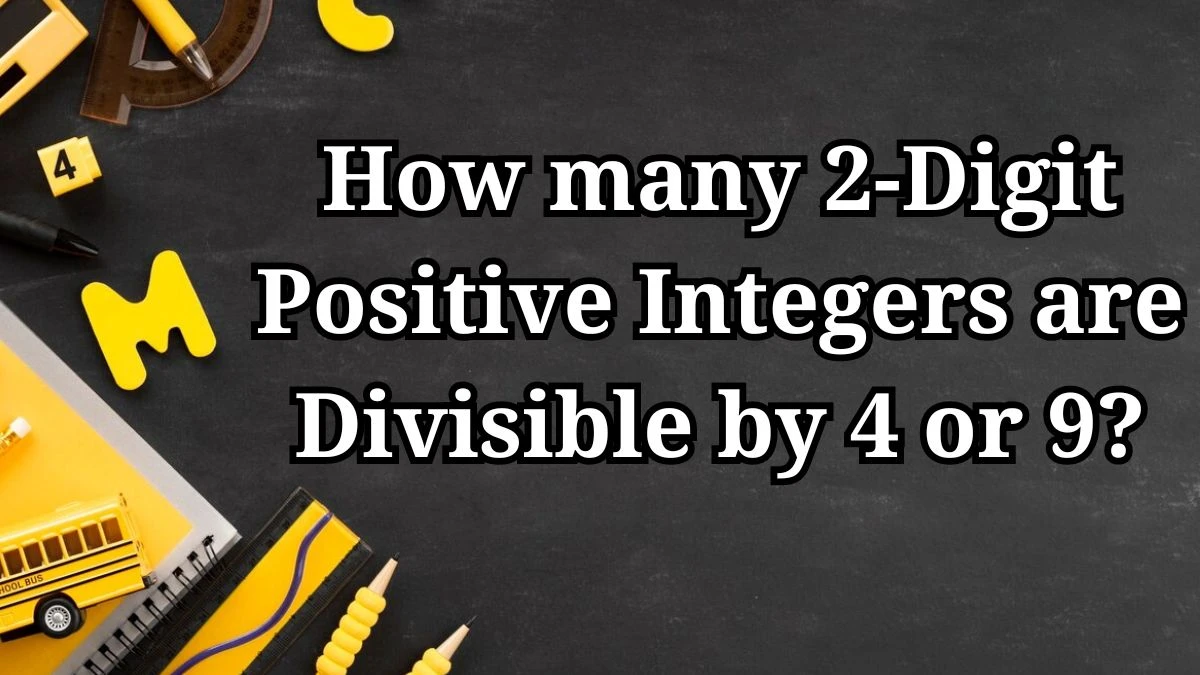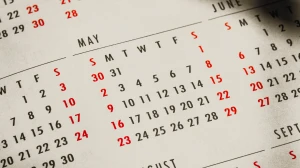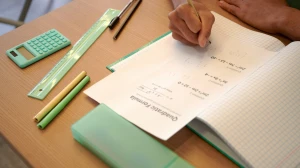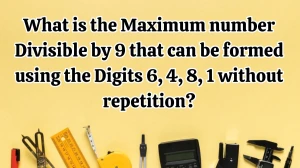How many 2-Digit Positive Integers are Divisible by 4 or 9?
by
Updated Jul 11, 2024

How many 2-Digit Positive Integers are Divisible by 4 or 9?
To find how many 2-digit positive integers are divisible by 4 or 9, we can approach the problem by counting integers divisible by each individually and then adjusting for those divisible by both using the principle of inclusion-exclusion.
Divisibility by 4:
The sequence of 2-digit integers divisible by 4 starts from 12 and ends at 96.
These integers form an arithmetic sequence with the first term a = 12 and common difference d = 4.
The formula to find the number of terms (n) in an arithmetic sequence is
an = a + (n - 1) d
96 = 12 + (n - 1) 4
n = 22
Divisibility by 9:
The sequence of 2-digit integers divisible by 9 starts from 18 and ends at 99.
Similarly, this sequence is arithmetic with a = 18 and d = 9.
99 = 18 + (m - 1) 9
m = 10
Integers divisible by both 4 and 9 are those divisible by their least common multiple (LCM), which is 36.
These numbers in the 2-digit range are 36 and 72.
To find numbers divisible by either 4 or 9, we add the counts from step 1 and step 2.
Adjust by subtracting the count from step 3
Total 2-digit positive integers divisible by 4 or 9 = 22 + 10 - 2 = 30
Therefore, there are 30 two-digit positive integers that are divisible by either 4 or 9.
Divisibility Rules
Divisibility is a fundamental concept in mathematics that explores how numbers can be evenly divided by others without leaving a remainder. In the context of two-digit integers, understanding which numbers are divisible by specific divisors like 4 or 9 helps in various mathematical applications, from counting possibilities in sets to solving practical problems involving quantities and sequences.
A number a is divisible by another number b if a divided by b yields an integer without any remainder. Two-digit integers often exhibit divisibility patterns with common divisors like 4 and 9. These divisors are crucial in identifying subsets of numbers that meet specific criteria in mathematical problems.
Arithmetic Sequences:
Numbers divisible by a specific divisor form arithmetic sequences where each number follows a regular pattern. For instance, two-digit numbers divisible by 4 (12, 16, 20, ...) or 9 (18, 27, 36, ...) follow sequences with a fixed difference between consecutive terms.
Inclusion-Exclusion Principle:
When counting numbers divisible by either 4 or 9 (or both), the inclusion-exclusion principle helps in avoiding double-counting. It ensures accurate calculations by subtracting the counts of numbers divisible by both divisors from the total counts of each divisor.
Applications:
Divisibility concepts are applied in various mathematical fields, including number theory, combinatorics, and cryptography. They provide foundational knowledge for understanding number properties and relationships, essential for solving equations, optimizing algorithms, and analyzing data sets.




